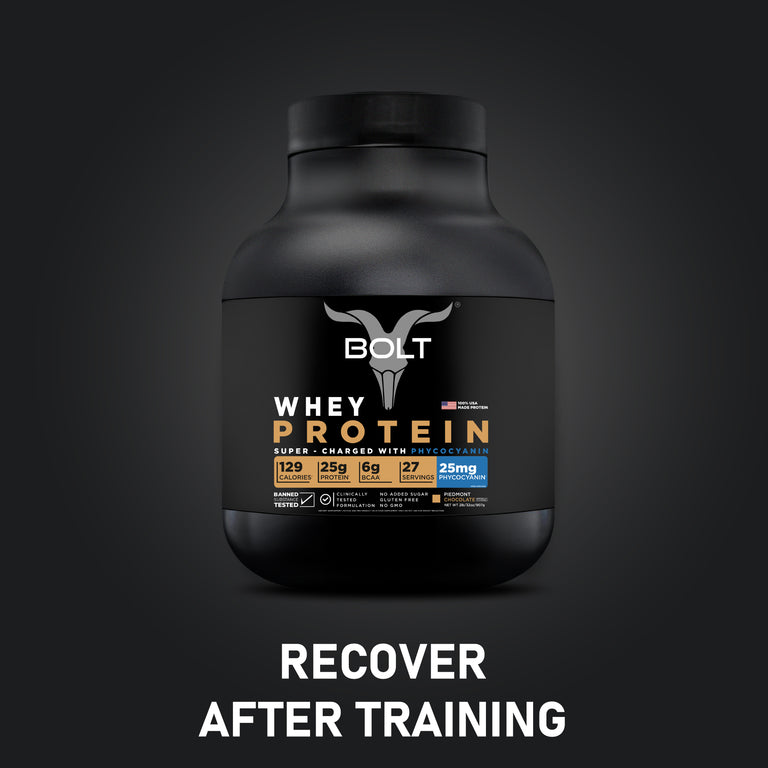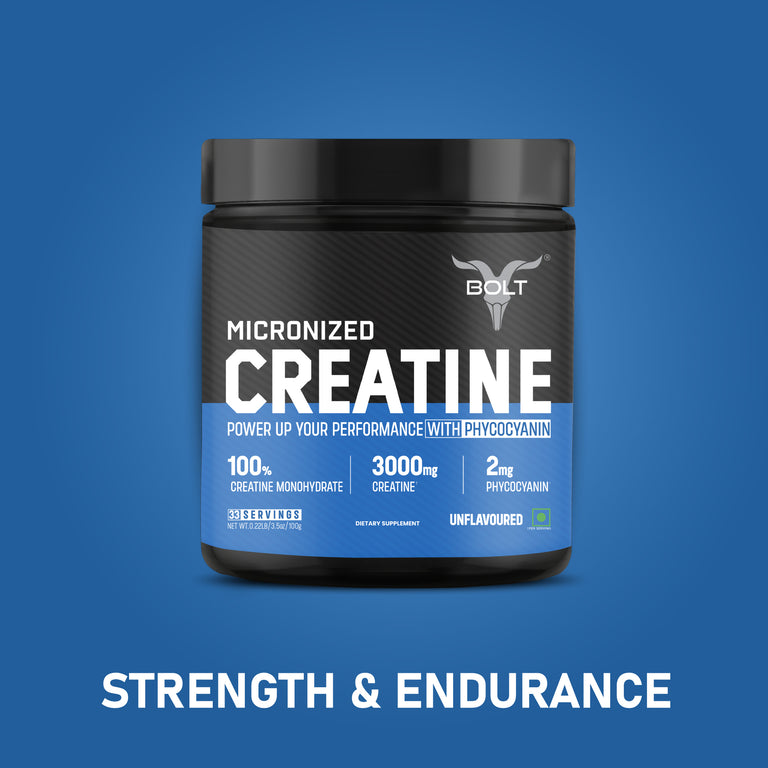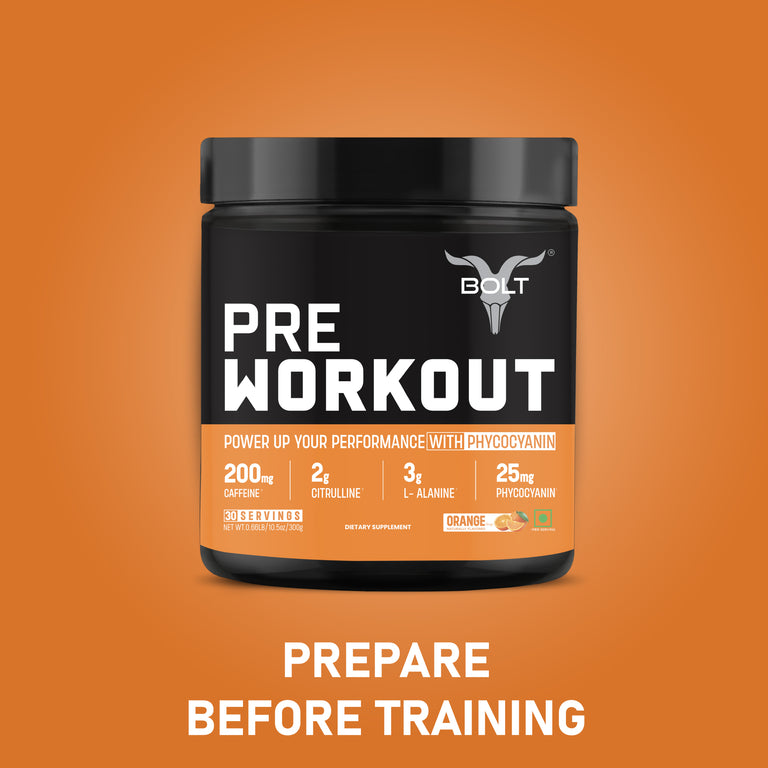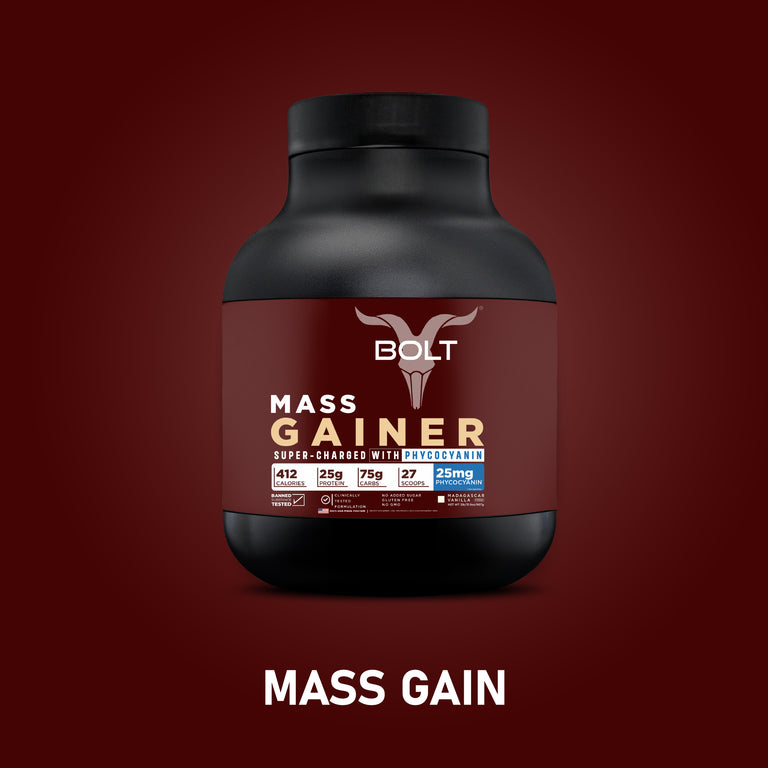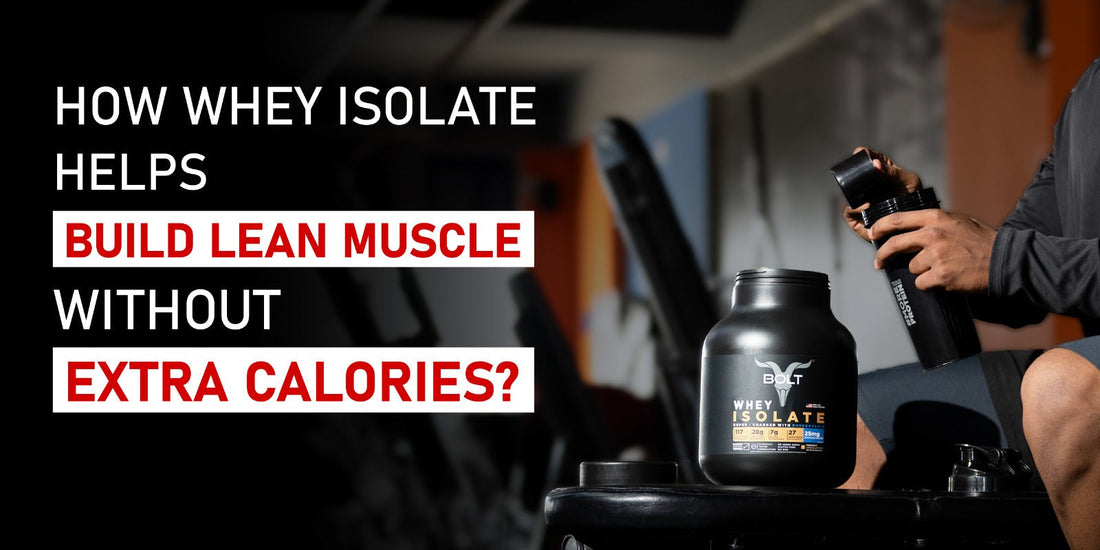
How Whey Isolate Helps Build Lean Muscle Without Extra Calories
byIf you're aiming to build lean muscle while keeping your calorie intake in check, whey isolate is one of the best protein sources available. Unlike other protein supplements, whey isolate is specially processed to maximize protein content while minimizing fats, carbs, and lactose. But how exactly does it help you gain muscle without the unwanted calories? Let's dive in.
What Makes Whey Isolate Different?
Whey protein is a byproduct of cheese-making, but not all whey is created equal. Whey isolate undergoes additional filtration to remove excess fats and carbohydrates, resulting in a high-protein, low-calorie supplement. Here’s how it compares to whey concentrate:
|
Feature |
Whey Isolate |
Whey Concentrate |
|
Protein Content |
90% or more |
70-80% |
|
Fat & Carb Content |
Very low |
Higher |
|
Lactose Content |
Minimal |
More lactose |
|
Absorption Rate |
Fast |
Moderate |
|
Calories per Serving |
Lower |
Higher |
How Whey Isolate Supports Lean Muscle Growth
1. High Protein Content Without Excess Calories
- Muscle Repair & Growth: Whey isolate provides a concentrated dose of protein, delivering all essential amino acids needed for muscle repair and growth.
- Low in Calories: Unlike mass gainers, whey isolate maximizes protein intake without adding extra fats or sugars, making it perfect for lean muscle development.
2. Fast Absorption for Optimal Recovery
- Post-Workout Fuel: Whey isolate is quickly digested and absorbed, making it ideal for post-workout muscle recovery.
- Spike in Protein Synthesis: Faster absorption means amino acids reach muscles quickly, aiding in better muscle retention and repair.
3. Maintains Lean Mass While Burning Fat
- Thermogenic Effect: High-protein diets increase calorie burning through the thermic effect of food (TEF), meaning your body uses more energy to digest and process protein.
- Prevents Muscle Breakdown: When dieting or in a calorie deficit, whey isolate ensures you retain muscle while losing fat.
4. Low Lactose & Easy Digestion
- Gentle on the Stomach: Whey isolate contains minimal lactose, making it suitable for those with lactose intolerance.
- No Bloating or Digestive Issues: Unlike heavier protein sources, whey isolate digests cleanly, preventing bloating that can hinder workout performance.
Who Should Use Whey Isolate?
- Athletes & Bodybuilders: Looking for high-quality protein without extra carbs or fats.
- Weight Watchers: Aiming to increase protein intake while keeping calories in check.
- Lactose-Sensitive Individuals: Need a low-lactose, easy-to-digest protein source.
Best Way to Use Whey Isolate for Lean Muscle
✅ Post-Workout Shake – 20-30g within 30 minutes after exercise.
✅ Morning Protein Boost – Helps kickstart metabolism and prevents muscle loss.
✅ Meal Replacement Add-On – Mix with smoothies, oats, or yogurt for a low-calorie protein boost.
Final Thoughts
Whey isolate is the ultimate protein source for those looking to build lean muscle without unnecessary calories. Its high protein content, fast absorption, and low-fat, low-carb composition make it ideal for muscle growth, fat loss, and overall fitness.
Upgrade Your Protein Game Today!
Get the best results with premium-quality whey isolate—fuel your workouts, recover faster, and build lean muscle without the extra calories!
Frequently Asked Questions (FAQs)
1. Can whey isolate help me lose fat while gaining muscle?
Yes! Whey isolate supports muscle retention while promoting fat loss, especially in a calorie-controlled diet.
2. How much whey isolate should I take daily?
20-40g per day is optimal, depending on your fitness goals and protein intake from whole foods.
3. Is whey isolate better than whey concentrate?
For lean muscle growth with fewer calories, whey isolate is superior due to its higher protein content and lower fat/carb levels.
4. Can I use whey isolate as a meal replacement?
Whey isolate is not a full meal replacement, but you can pair it with healthy fats and carbs for a balanced shake.
5. When is the best time to take whey isolate?
Post-workout is the most effective time, but you can also take it in the morning or between meals for extra protein support.
